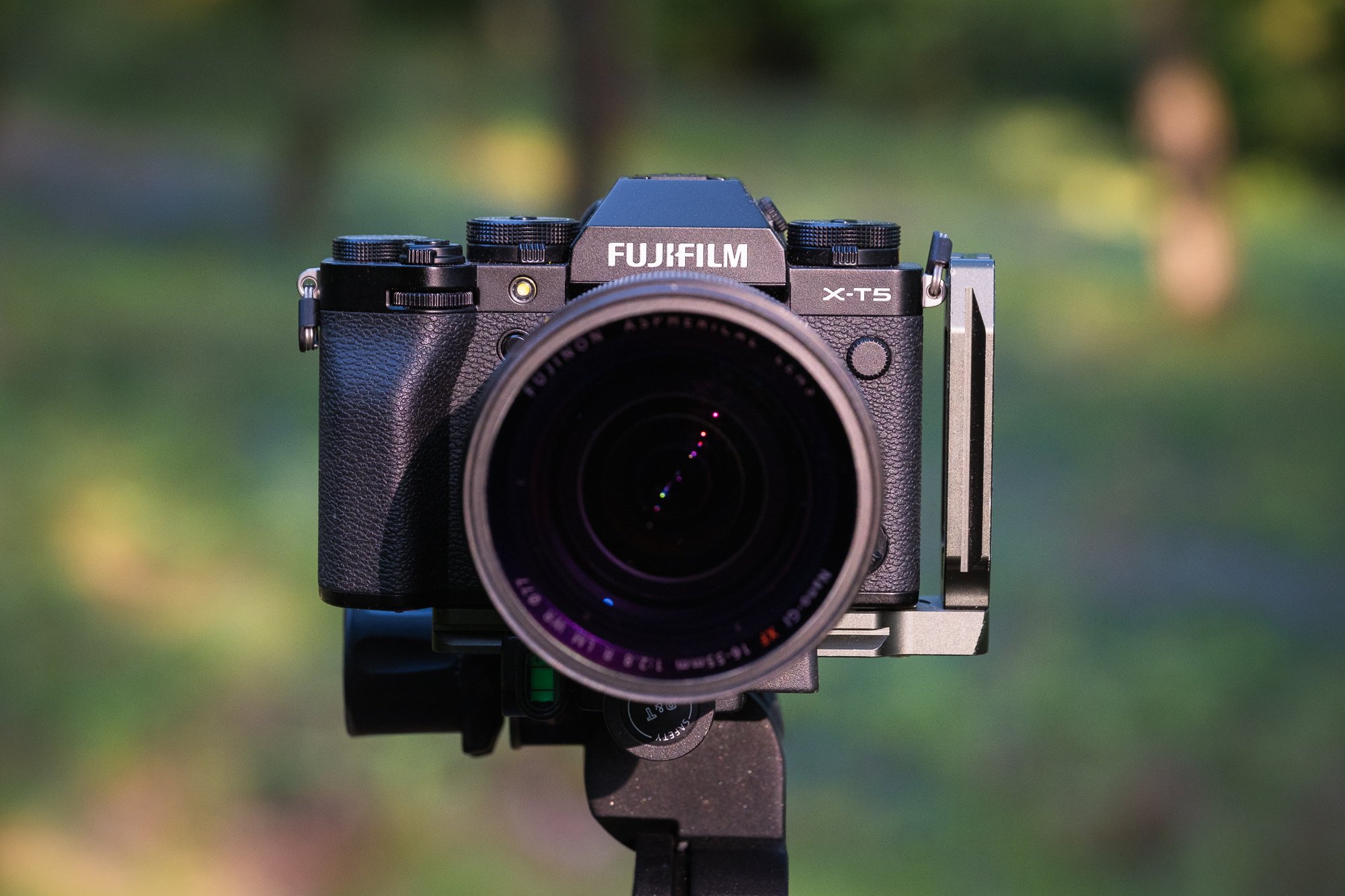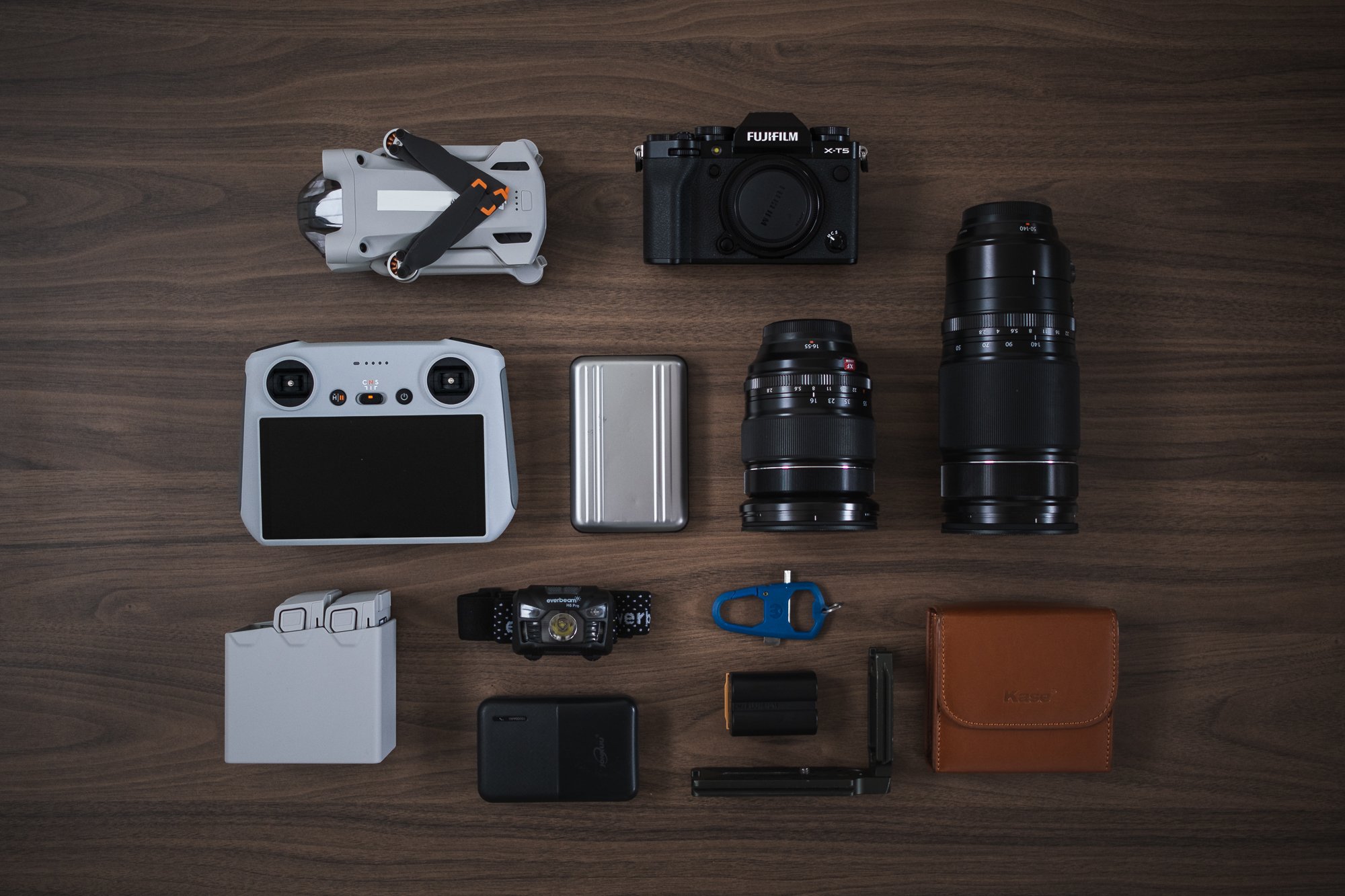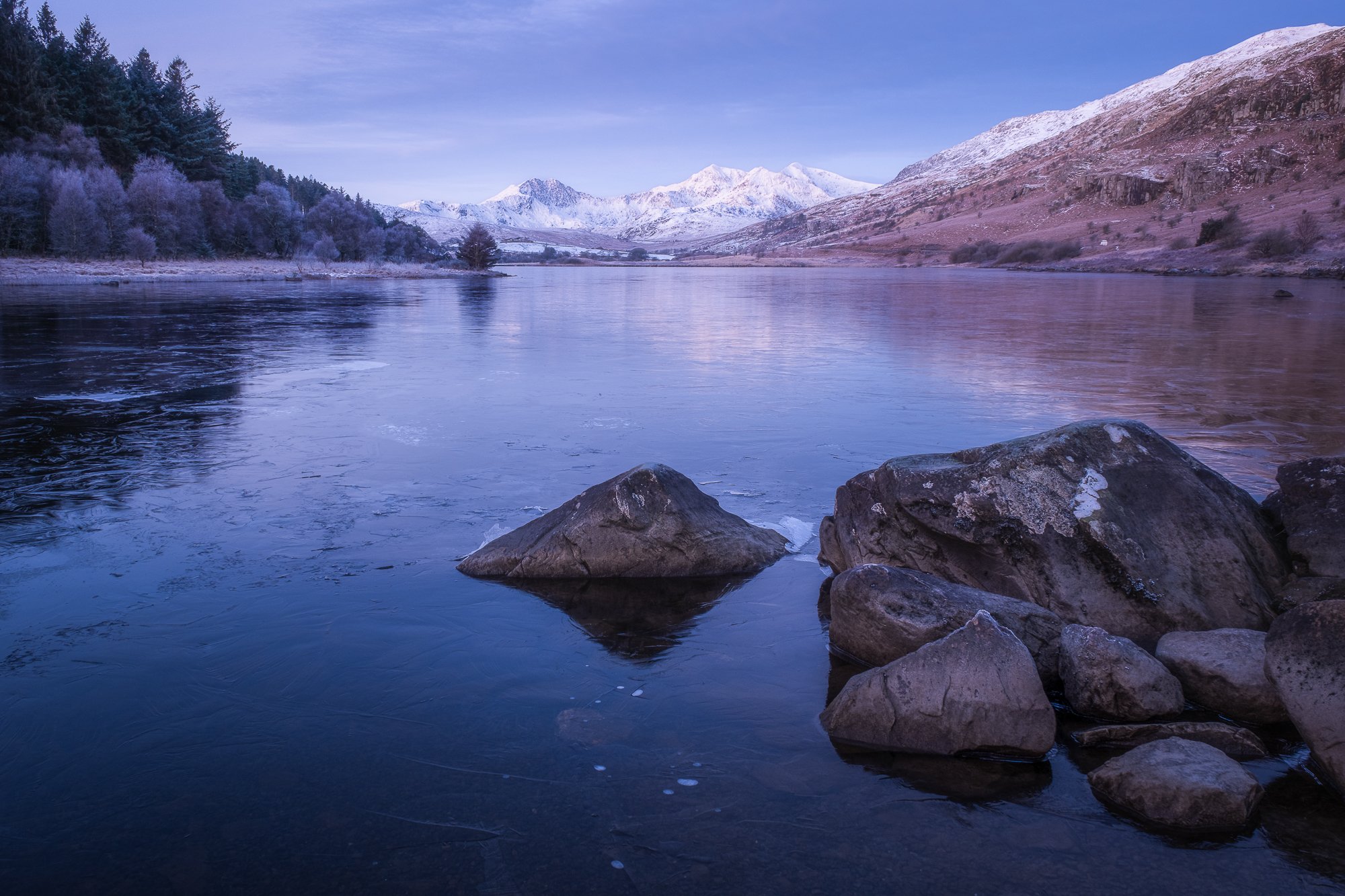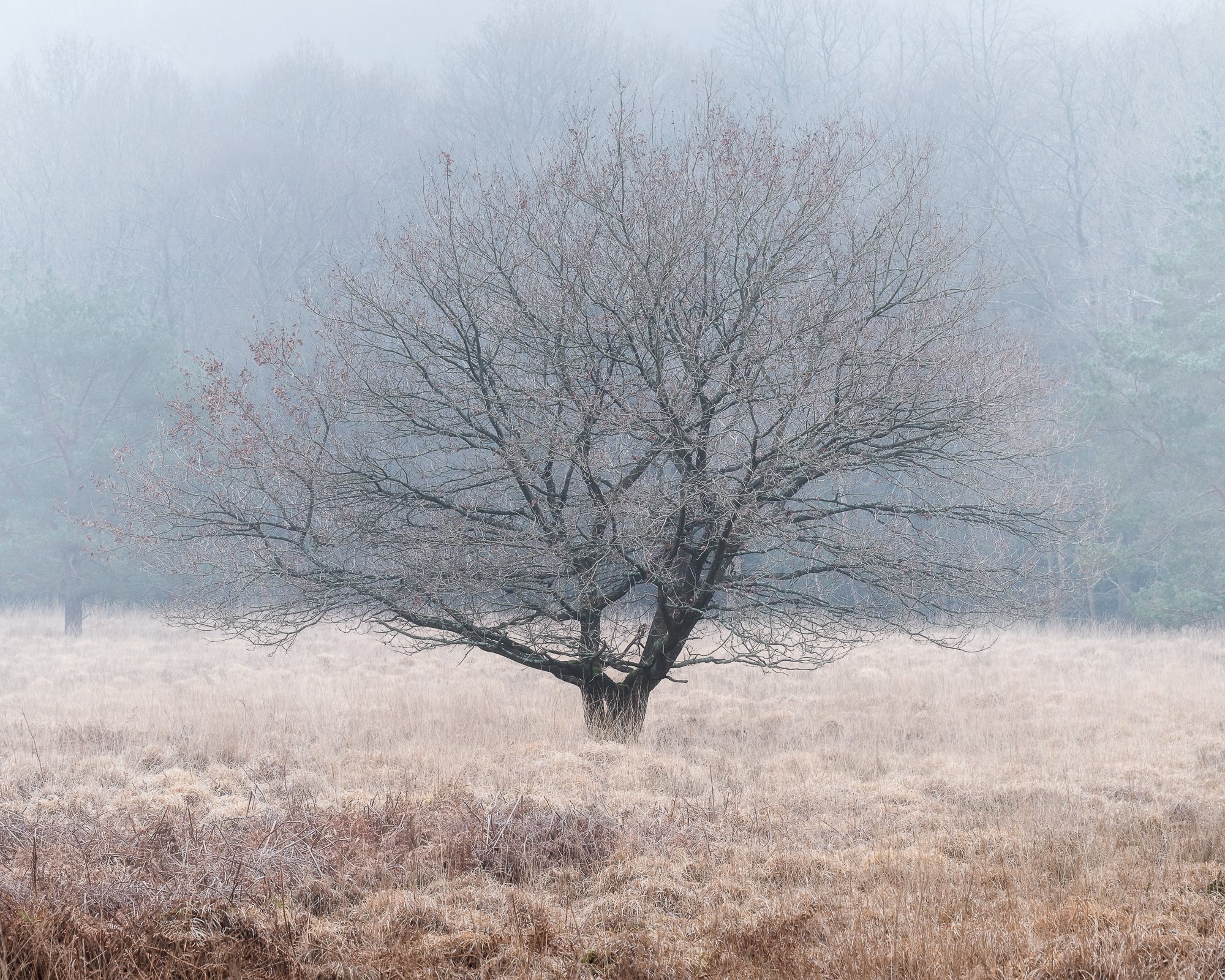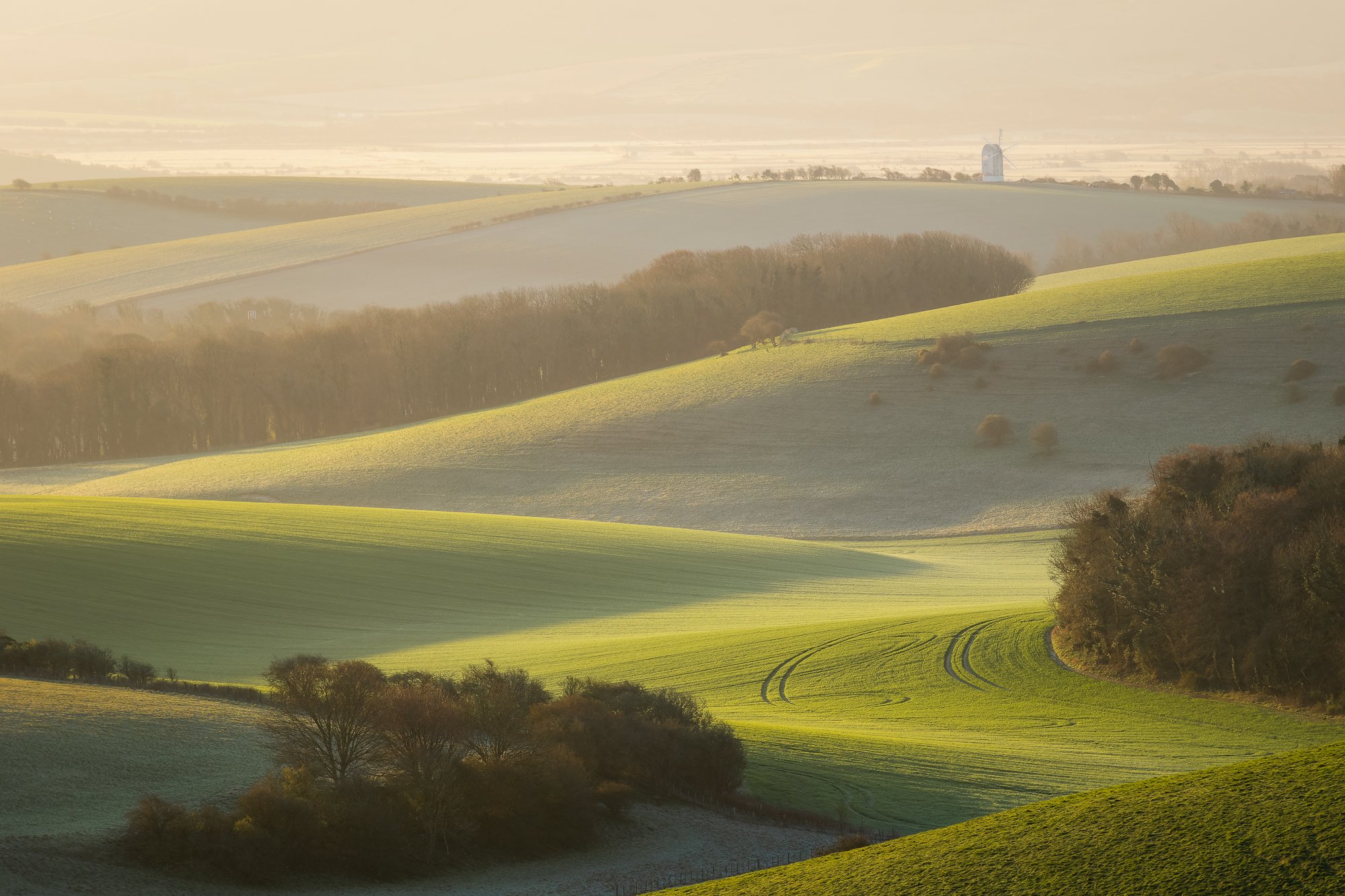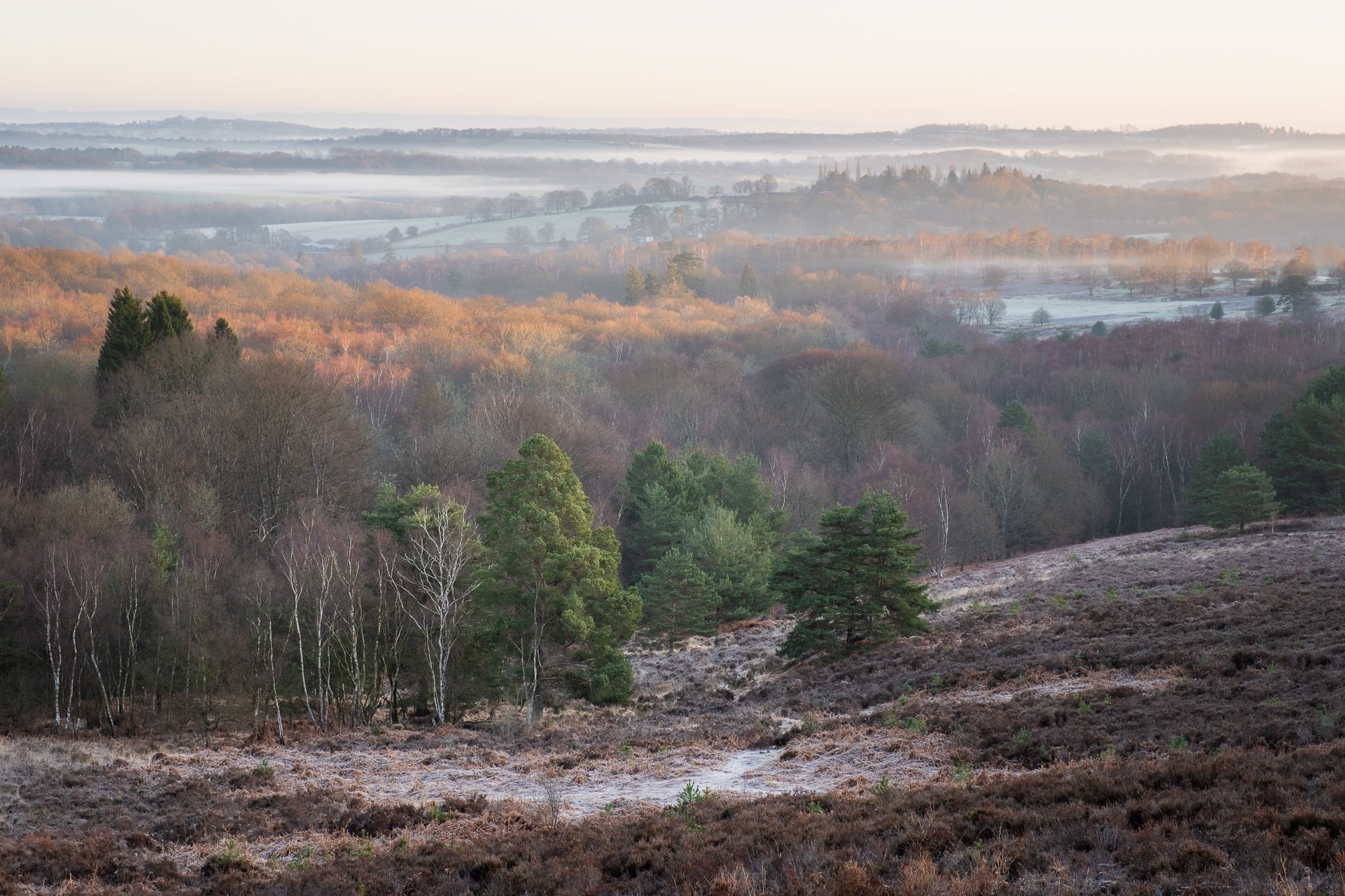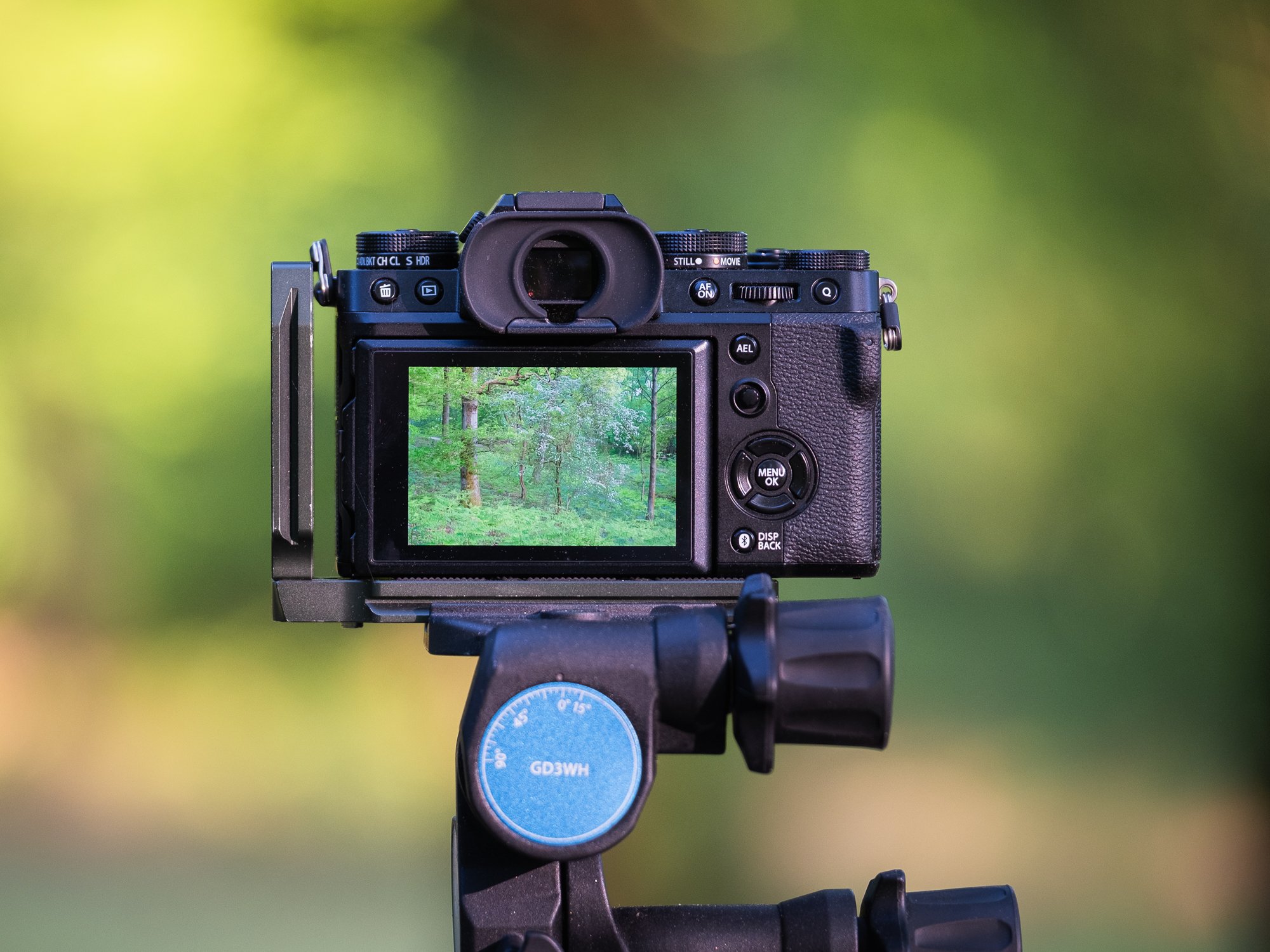Fujifilm XT5 | A Landscape Photographer’s Review
Towards the end of 2022, while out in the field on a shoot, the screen on my Fujifilm XT2 started to flicker uncontrollably and after a few minutes of strange behaviour, it turned itself off and however much I tried, I couldn’t get it to turn on again. It seemed after 5 faithful years of service, the XT2 was dead. So, I had a decision to make. Do I fix it? Or do I invest in a new camera body? When it comes to cameras and lenses, unless there is a particular problem I need to solve, I never chase the latest gear.
I much prefer familiarity over shiny and new. If my camera does the job for me and I know it’s strengths and weaknesses (they all have them), I tend to stick with it.
After 5 solid years of use, I decided it was time to say goodbye to the XT2 and hello to the newly released XT5. Before buying the XT5, I briefly considered the recently released XH2 but decided against it as I wanted to stick with the familiar dials and ergonomics of the XT range.
Having now used the camera for 6 months and along with a few of the photos I’ve taken with it, I wanted to share some of my thoughts and opinions on the Fujifilm XT5 from a landscape photographer’s point of view. As with my other gear reviews, this will be far from scientific (a simple Google search will provide you with those). I won’t talk about every new and improved feature this camera offers, these are my personal observations and opinions based on how I use the camera in the field and other people’s experiences may differ from mine.
What’s in my camera bag?
Before we get into the XT5, I wanted to mention what gear I currently carry with me while taking landscape photos. More specifically, the lenses I use with my XT5 on a day-to-day basis.
At the moment, I am quite happy carrying just 2 lenses, the XF16-55 f2.8 standard zoom and the XF50-140 f2.8 telephoto. These are red badge lenses so considered the best quality in the XF lens lineup and give me an effective focal range of 16 to 140mm (24mm to 200mm in 35mm terms) which is fine for 95% of the photos I take. That being said, with constant f2.8 apertures, they may be better quality but they’re also a lot heavier than Fujifilm’s variable aperture lenses. Worth thinking about if weight is a priority.
You may have also noticed the DJI Mini 3 Pro which I also reviewed from the perspective of a Landscape Photographer. You can read about that here.
For more details about all the gear I carry in 2023, pop over to my latest “Whats in my camera bag” blog post.
Is the Fujifilm XT5 bigger and heavier than its predecessors?
Well, yes and no. It would have been fair to assume that the XT5 wouldn’t be immune to the current trend that sees mirrorless cameras getting bigger over time and yes, compared to the XT2 (133 x 92 x 49mm, 507g) the XT5 (130 x 91 x 64mm, 557g) is slightly bigger and heavier, but Fujifilm has, to their credit, shaved off a little size and weight compared to the XT4.
However, in real terms, these numbers don’t really mean a lot to me. A few mm here, a few grams there won’t make a huge difference and although its important camera manufacturers keep the size and weight of their respective systems in check, it’s probably easier to say that the XT5 is around the same size as those before it. That’s a good thing.
Fujifilm XT5 | XF16-55mm | 16mm | 1/100th Second | f/5 | ISO125
I spend a lot of time hiking up hills, exploring woodland or even as per the picture of London above, climbing the 528 steps to the top of St Paul’s Cathedral. So, what’s even more important to me is that I choose to shoot with a smaller, lighter system compared to the full frame and medium format systems. Using an APS-C system allows me to carry the XT5 along with 2 heavier, flagship lenses and still have a lighter camera bag compared to other full-frame or medium format systems.
How good is the XT5 build quality and weather sealing?
Landscape photographers need to be able to shoot in almost any condition and in all but the most extreme weather, should be able to do so without the need of additional rain covers and shower caps. The Fujifilm XT5 has a weather-sealed body and when coupled with a weather-resistant lens such as my XF16-55mm or XF55-140mm, I’m able to shoot in most conditions. In the 6 months I’ve been using this camera, I’ve shot in many a wet and rainy woodland, the wintry mountains of Snowdonia and some stormy weather by the coast and so far, so good.
Fujifilm XT5 | XF16-55mm | 18mm | 2 Seconds | f/8 | ISO125
That’s all well and good but there have been questions raised about the amount of plastic used in the construction of the XT5 compared to previous models making it look and feel a little cheaper. I guess if being particularly pernickety, it probably does a little but in the 6 months since buying the camera, I’ve literally given it zero thought. In all fairness, Fujifilm makes no claims that the camera is fully waterproof and certainly doesn’t provide an IP rating. So, although I would happily shoot during an average rain shower, I would stop short of exposing it to a prolonged torrential downpour.
What about the XT5’s physical dials, dual memory card slots and tilting screen?
Although I already had dual memory cards, physical dials and a 3-way tilting LCD on the XT2, I now consider these a must when picking a camera to use for landscape photography.
Coming from the world of IT, I know too well how technology should not be relied upon, however robust it might seem. The last thing I want is for a whole day of shooting to be lost because my only memory card suffered a failure at the wrong time. This is why I’ve configured the XT5 to write my raw files to both cards simultaneously, creating an instant backup while out in the field.
Fujifilm XT5 | XF16-55mm | 16mm | 1 Second | f/8 | ISO125
Next up, those physical dials. For me, these were a game changer. Apart from the warm fuzzy feeling of nostalgia I get when using them, being able to fine-tune my exposure by feel, without a menu in sight makes life so much easier when out taking photos. This is especially true in the winter when using gloves or when the camera is low down to the ground like it was when photographing the Sussex coast as pictured above, which can make accessing menu buttons trickier.
Talking of having the camera low to the ground. As a landscape photographer, this will often be the case and having a tilting screen means I don’t have to be down there too. Whether I’m shooting in landscape or portrait mode, the 3-way tilting LCD means the screen will tilt in my direction whatever its position.
Fujifilm XT5 | XF16-55mm | 55mm | 1/10th Second | f/11 | ISO125
How good is the battery life on the XT5?
With the larger W235 battery used in the XT5 compared to the smaller X126s I was using in the XT2, for me at least, battery life has improved dramatically. A game changer in fact. This was my main gripe with the XT2 as I was constantly having to change out dead batteries midway through a shoot.
The extra battery life really came into its own during the 48 hours I spent in a wintry Snowdonia. The temperature during the day barely made it above freezing and being so cold will reduce the amount of charge the battery will hold, but irrespective of this, I was still able to shoot from sunrise to sunset on a single charge.
Fujifilm XT5 | XF50-140mm | 69mm | 1/2 Second | f/9 | ISO125
Even if upgrading from the XT4 which also uses the W235, Fujifilm still claims an improved battery over its predecessor due to the reduced power consumption of the X-processor 5. So, I think it safe to say that Fujifilm has made a big step forward in battery performance since introducing the larger W235 into their recent flagship cameras.
Is the XT5’s 40-megapixel sensor worth the upgrade?
Fujifilm announced their 40.2MP sensor a long time before it was released and the prospect of having the extra resolution was exciting, opening new possibilities for cropping in post or bigger prints. I was, however, slightly concerned about how cramming more pixels onto the same size sensor would affect image quality and, if it would result in noisier pictures.
Fujifilm XT5 | XF16-55mm | 55mm | 1.3 Seconds | f/6.4 | ISO125
I’m pleased to report that I’ve not found the pictures I’ve taken so far to have any more noise than I was used to with the XT2. That was a big surprise and a welcome one at that! Don’t get me wrong, Do I still see noise in some of my images? Of course. There will always be situations where the light levels are such that avoiding noise altogether is impossible, but overall and in my own unscientific way of pixel peeping, I don’t see any negative impact of those smaller pixels all bunched up together on this new X-Trans CMOS 5 HR sensor.
One thing that I was hoping for and something Fujifilm appear to have delivered is improved dynamic range performance. Again, not something one expects when increasing pixel density but given this sensor is a few generations newer than what I was using, I was very much hoping for this to be the case. I did a little research on this topic and for sure, many out there say the dynamic range has gone backwards slightly and still not as good as the XH2 which uses the same sensor but from my own real-world usage, the dynamic range has definitely improved for me. Sure, it’s still not up there with the full-frame and medium format systems (pesky laws of physics), but what I can say is that with my woodland photography, where high dynamic range scenes are commonplace, I’ve not had to bracket my images nearly as much as I used to. Saving me time during editing and saving space on my hard drive too!
Talking of hard drive space, with the increased resolution comes increased file sizes so if you’re tight on raw file storage space, consider shooting with the compressed raw enabled on the camera or prepare to invest in bigger hard drives.
Fujifilm XT5 | XF50-140mm | 140mm | 1/50th Second | f/7.1 | ISO125
Is the Pixel-Shift on the XT5 worth all the hype?
Remembering this article is about sharing my experience, I’m going to say no……for now.
Pixel Shift, which can be enabled in the menu, is where the camera will take 20 separate photos, shifting the sensor by half a pixel each time and by using a separate software on your computer, you can merge the photos together to create a huge 160MP image.
Taking landscape photos can often mean a static scene where 20 separate photos won’t capture any movement but add in some waves along the coast or some subtle breaths of wind in the woodland and suddenly things start to get a little trickier. I’ve used this feature a few times to see how well it works and if you have a static scene and need that extra resolution, then having this option available is great, but, given the extra disk space needed and the time it takes to merge them together in post-processing, it’s not something I think I will use very often personally.
Fujifilm XT5 | XF16-55mm | 53mm | 1/40th Second | f/8 | ISO125
What about the Fujifilm XT5’s improved autofocus?
This is where things went a little awry for me. Fujifilm boast that due to the higher pixel count in the XT5, the number of phase detection pixels also increases resulting in an improved AF-S focusing accuracy when taking landscape photos.
With the XT2, I preferred to use back button focus when taking landscape photos. When composing an image and selecting the autofocus area, the XT2 locked in nearly all cases without issue, and I only really needed to switch to manual focus in trickier, low-light situations. I didn’t really give it much thought as it just worked.
Fast forward to getting the XT5 out in the field and after setting the camera up to work in the same way, things were a lot different. When pressing the back-button focus, the XT5 was missing focus almost 50% of the time. It was incredibly frustrating and after a little research it seemed I wasn’t the only one to notice how poor the autofocus was on this camera.
Fujifilm XT5 | XF50-140mm | 66mm | 0.4 Seconds | f/9 | ISO125
With zero trust in the autofocus, I switched to manual focus 100% of the time which, although not the end of the world, did slow down my workflow a little.
This went on for about three or four months and although I’ve not seen anything specifically from Fujifilm on the subject, since applying the firmware updates released since, the issue has improved somewhat. I still refuse to default back to my previous workflow as my trust in the autofocus hasn’t been restored but when using features like focus bracketing, which depends on autofocus, I do have a little more confidence that the results will be sharp.
Again, this was my personal experience and there are built-in tools that can help your focusing workflow such as focus peaking, but for me, a quick zoom-in and out again to check the image sharpness works just as well.
Update: I wrote this post just before firmware v2.0 was released, which included some significant focus improvements for the XT5. Since applying this and subsequent lens updates, the camera has had far fewer issues with autofocus.
Does Adobe Lightroom play nice with the XT5 RAF files?
I’ve used Lightroom (Classic) to edit my raw files for many years, long before I swapped to Fujifilm in 2016 and I think it’s fair to say, Lightroom has not always played nice with Fuji raw files - worms anyone? If you know, you know. These days, life is a lot easier when it comes to editing Fujifilm RAF files in Lightroom, either Adobe has improved the compatibility, or I’ve just learned to avoid the pitfalls as I run through my usual workflow (step away from the sharpening slider). In truth, it’s probably a bit of both.
One approach I use is not to apply any sharpening in Lightroom and instead, when I want to prepare for print or screen, I export to Photoshop and use the High Pass filter on a separate layer (between one and two pixels radius) and the Overlay blending mode, masking in the areas I want to be sharpened. A method I still do today and works best for me.
Fujifilm XT5 | XF50-140mm | 140mm | 1/8th Second | f/9 | ISO125
There are, however, still times I feel Lightroom doesn’t render my raw file with the amount of detail I know the file contains. I’ve heard many times that other editing software is more sympathetic to the Fujifilm raw files, but I really don’t want to learn another software. Instead, for those times I need a little more detail I use a plug-in called DXO Pure Raw. I don’t run every picture I take through the software as I prefer some to be a little softer or painterly but when a bit more detail is called for, it seems to do the job nicely.
Conclusion
I’ve written a lot about the features and benefits of using the XT5 for landscape photography and there are many great features I decided not to talk about such as the 7-stops of IBIS, improved video modes, subject detection and white balance driven by AI (whatever that means) but in truth, my needs are quite basic meaning I probably only use about 10% of the camera’s features for my landscape photography and it would be wrong for me to review those I haven’t used extensively.
So, would I recommend this camera to other landscape photographers? The simple answer is yes. If size and weight is important to you, the XT5, with its fantastic image quality, intuitive ergonomics, weather sealing and much-improved battery life, packs a real punch.
I hope you found that useful and enjoyed some of the photos I shared. If you have anything to add such as any points I missed or questions about the camera, please leave a comment below or contact me directly here.
Until next time
Trevor

